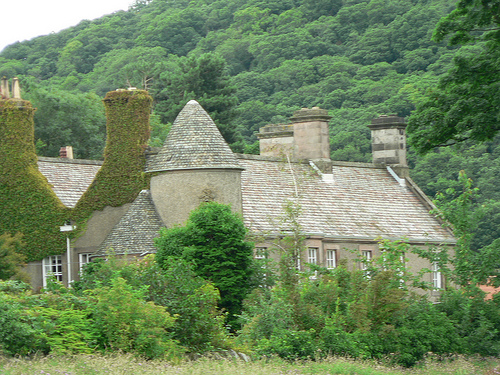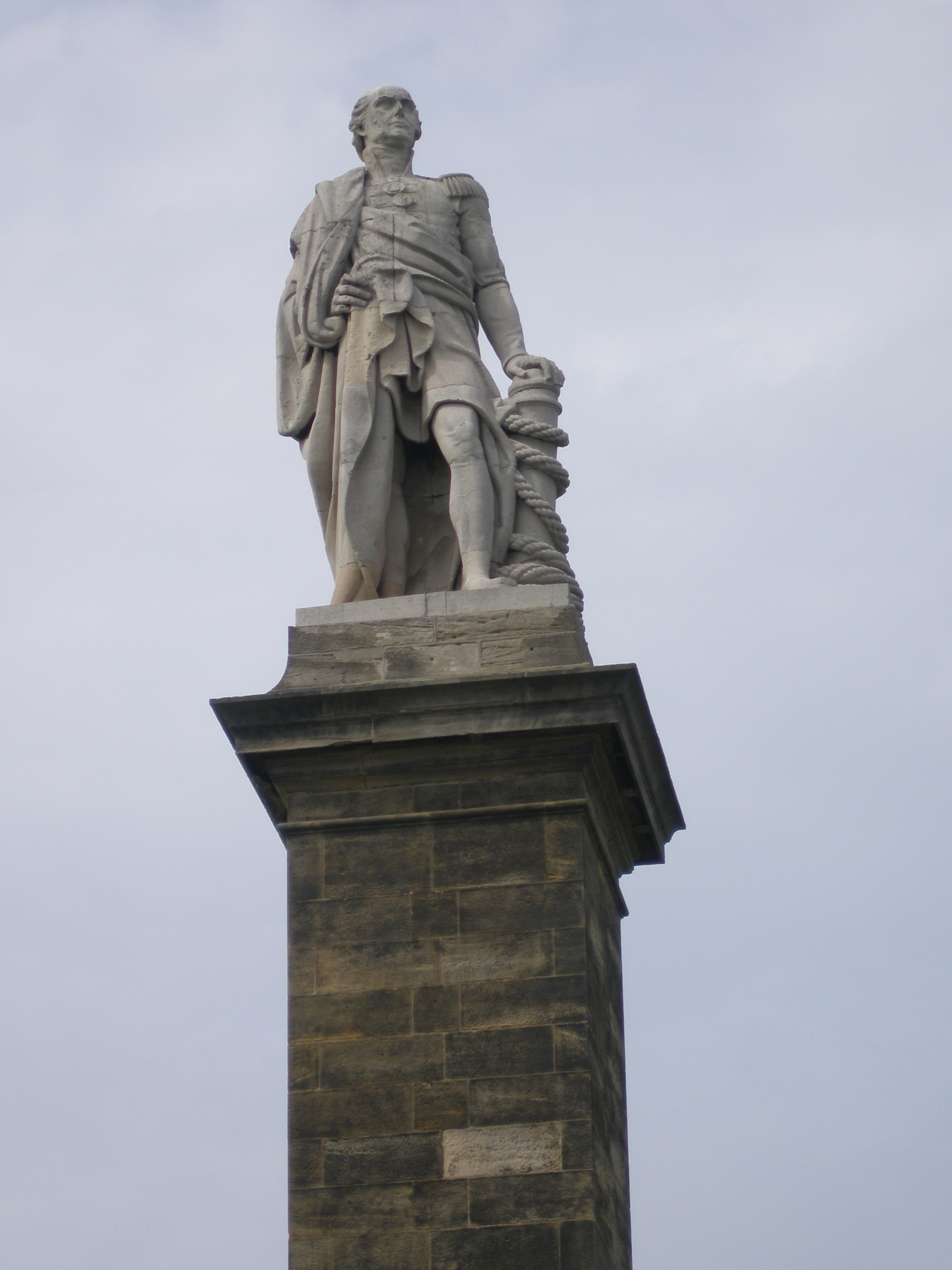|
Hethpool House, Kirknewton
Hethpool House is an Edwardian house in Hethpool, in the civil parish of Kirknewton, near Wooler, Northumberland, England which has Grade II listed building status. Built in 1919 on the site of a late 17th-century house which had been the seat of Admiral Lord Collingwood, it was improved in the Arts and crafts style in 1928 for Sir Arthur Munro Sutherland Bt. The grounds include the remains of an ancient pele tower, Hethpool Tower, which was a small fortified 14th-century tower house, and which is now a Scheduled Ancient Monument and Grade II listed building In the United Kingdom, a listed building or listed structure is one that has been placed on one of the four statutory lists maintained by Historic England in England, Historic Environment Scotland in Scotland, in Wales, and the Northern I .... References * Keys to the Past Grade II listed buildings in Northumberland Country houses in Northumberland Scheduled monuments in Northumberland Kirknewton, Northumb ... [...More Info...] [...Related Items...] OR: [Wikipedia] [Google] [Baidu] |
Kirknewton, Northumberland
Kirknewton is a Northumbrian village in the north of the county of Northumberland, about from the town of Wooler and roughly the same distance to the Scottish Borders. The village lies in the valley of Glendale, which takes its name from the River Glen, whose source at the confluence of the Bowmont Water and the College Burn lies at the west end of the village. The population as taken at the 2011 Census was less than 100. Details are maintained in the parish of Akeld. Demography The parish of Kirknewton was one of the geographically largest in the United Kingdom, but one of the smallest in terms of population, with a count of 108 residents (56 female, 52 male) in the 2001 UK Census. Most residents live in the villages of Kirknewton, Westnewton and Hethpool, with the remainder scattered in remote farms and steadings, many of which are now holiday properties. Prior to the 2011 Census, the parish merged with neighbouring Akeld. Hethpool The name Hethpool derives from ... [...More Info...] [...Related Items...] OR: [Wikipedia] [Google] [Baidu] |
Wooler
Wooler ( ) is a small town in Northumberland, England. It lies on the edge of the Northumberland National Park, near the Cheviot Hills. It is a popular base for walkers and is referred to as the "Gateway to the Cheviots". As well as many shops and pubs, the town has a youth hostel, many hotels, and campsites. It lies on the St. Cuthbert's Way long-distance footpath between Melrose Abbey and Lindisfarne. The main A697 links the town with Morpeth and Coldstream on the Scottish Border. Wooler has two schools; Wooler First School (including Little Acorns Nursery) and Glendale Community Middle School. The schools and nursery share a single campus on Brewery Road (from September 2015) providing education for children in the Glendale area from 2 years old to 13 years old. Close by to the west is Yeavering Bell, crowned by a large Iron Age fort, a stronghold of the Votadini. The remnants of many stone huts can be seen on its summit, which is surrounded by a collapsed stone wall. ... [...More Info...] [...Related Items...] OR: [Wikipedia] [Google] [Baidu] |
Northumberland
Northumberland () is a ceremonial counties of England, county in Northern England, one of two counties in England which border with Scotland. Notable landmarks in the county include Alnwick Castle, Bamburgh Castle, Hadrian's Wall and Hexham Abbey. It is bordered by land on three sides; by the Scottish Borders, Scottish Borders region to the north, County Durham and Tyne and Wear to the south, and Cumbria to the west. The fourth side is the North Sea, with a stretch of coastline to the east. A predominantly rural area, rural county with a landscape of moorland and farmland, a large area is part of Northumberland National Park. The area has been the site of a number of historic Anglo-Scottish wars, battles with Scotland. Name The name of Northumberland is recorded as ''norð hẏmbra land'' in the Anglo-Saxon Chronicle, meaning "the land north of the Humber". The name of the kingdom of ''Northumbria'' derives from the Old English meaning "the people or province north of th ... [...More Info...] [...Related Items...] OR: [Wikipedia] [Google] [Baidu] |
Grade II Listed Building
In the United Kingdom, a listed building or listed structure is one that has been placed on one of the four statutory lists maintained by Historic England in England, Historic Environment Scotland in Scotland, in Wales, and the Northern Ireland Environment Agency in Northern Ireland. The term has also been used in the Republic of Ireland, where buildings are protected under the Planning and Development Act 2000. The statutory term in Ireland is "protected structure". A listed building may not be demolished, extended, or altered without special permission from the local planning authority, which typically consults the relevant central government agency, particularly for significant alterations to the more notable listed buildings. In England and Wales, a national amenity society must be notified of any work to a listed building which involves any element of demolition. Exemption from secular listed building control is provided for some buildings in current use for wors ... [...More Info...] [...Related Items...] OR: [Wikipedia] [Google] [Baidu] |
Cuthbert Collingwood, 1st Baron Collingwood
Vice Admiral Cuthbert Collingwood, 1st Baron Collingwood (26 September 1748 – 7 March 1810) was an admiral of the Royal Navy, notable as a partner with Lord Nelson in several of the British victories of the Napoleonic Wars, and frequently as Nelson's successor in commands. Early years Collingwood was born in Newcastle upon Tyne. His early education was at the Royal Grammar School, Newcastle. At the age of 12, he went to sea as a volunteer on board the sixth-rate under the command of his cousin Captain Richard Brathwaite (or Braithwaite), who took charge of his nautical education. After several years of service under Brathwaite and a short period attached to , a guardship at Portsmouth commanded by Captain Robert Roddam, Collingwood sailed to Boston in 1774 with Admiral Samuel Graves on board , where he fought in the British naval brigade at the Battle of Bunker Hill in June 1775, and was afterwards commissioned as a lieutenant on 17 June. In 1777, Collingwood met Ho ... [...More Info...] [...Related Items...] OR: [Wikipedia] [Google] [Baidu] |
Arthur Sutherland
Sir Arthur Munro Sutherland, 1st Baronet, KBE (2 October 1867 – 29 March 1953), of Hethpool House, Kirknewton, Northumberland, was an English shipowner and philanthropist. Sutherland was the son of Benjamin John Sutherland, a shipping merchant of Thurso House, Newcastle upon Tyne. He was educated at the Royal Grammar School, Newcastle and in 1884 joined the shipbrokers Lindsay, Gracie & Co as a clerk. He left to open a steamer department in his father's firm, later turning it into a successful cargo shipping business, B. J. Sutherland & Co. He was chairman of that firm and several other shipping operators. Later, Sutherland was owner of the ''Newcastle Chronicle'' newspaper between 1920 and 1925. In 1910 Sutherland was elected to Newcastle City Council and served as Sheriff of Newcastle in 1916–1917 and Lord Mayor of Newcastle upon Tyne in 1918–1919. He was also a Justice of the Peace for the city for many years and chairman of the governors of his old scho ... [...More Info...] [...Related Items...] OR: [Wikipedia] [Google] [Baidu] |
Scheduled Ancient Monument
In the United Kingdom, a scheduled monument is a nationally important archaeological site or historic building, given protection against unauthorised change. The various pieces of legislation that legally protect heritage assets from damage and destruction are grouped under the term "designation." The protection provided to scheduled monuments is given under the Ancient Monuments and Archaeological Areas Act 1979, which is a different law from that used for listed buildings (which fall within the town and country planning system). A heritage asset is a part of the historic environment that is valued because of its historic, archaeological, architectural or artistic interest. Only some of these are judged to be important enough to have extra legal protection through designation. There are about 20,000 scheduled monuments in England representing about 37,000 heritage assets. Of the tens of thousands of scheduled monuments in the UK, most are inconspicuous archaeological sites, but ... [...More Info...] [...Related Items...] OR: [Wikipedia] [Google] [Baidu] |
Listed Building
In the United Kingdom, a listed building or listed structure is one that has been placed on one of the four statutory lists maintained by Historic England in England, Historic Environment Scotland in Scotland, in Wales, and the Northern Ireland Environment Agency in Northern Ireland. The term has also been used in the Republic of Ireland, where buildings are protected under the Planning and Development Act 2000. The statutory term in Ireland is "protected structure". A listed building may not be demolished, extended, or altered without special permission from the local planning authority, which typically consults the relevant central government agency, particularly for significant alterations to the more notable listed buildings. In England and Wales, a national amenity society must be notified of any work to a listed building which involves any element of demolition. Exemption from secular listed building control is provided for some buildings in current use for worsh ... [...More Info...] [...Related Items...] OR: [Wikipedia] [Google] [Baidu] |
Grade II Listed Buildings In Northumberland
Grade most commonly refers to: * Grade (education), a measurement of a student's performance * Grade, the number of the year a student has reached in a given educational stage * Grade (slope), the steepness of a slope Grade or grading may also refer to: Music * Grade (music), a formally assessed level of profiency in a musical instrument * Grade (band), punk rock band * Grades (producer), British electronic dance music producer and DJ Science and technology Biology and medicine * Grading (tumors), a measure of the aggressiveness of a tumor in medicine * The Grading of Recommendations Assessment, Development and Evaluation (GRADE) approach * Evolutionary grade, a paraphyletic group of organisms Geology * Graded bedding, a description of the variation in grain size through a bed in a sedimentary rock * Metamorphic grade, an indicatation of the degree of metamorphism of rocks * Ore grade, a measure that describes the concentration of a valuable natural material in the su ... [...More Info...] [...Related Items...] OR: [Wikipedia] [Google] [Baidu] |





